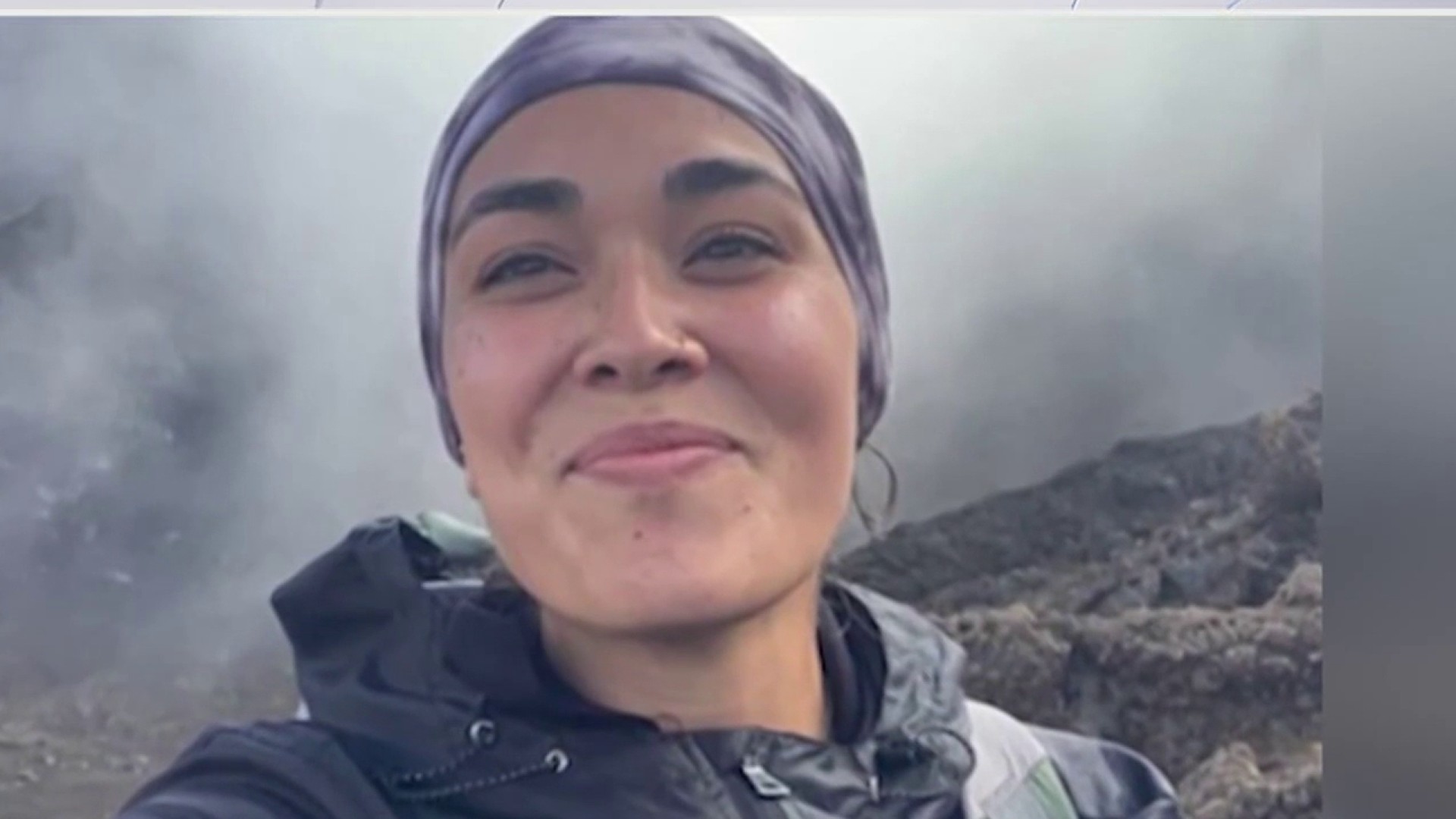In decades of collecting, Bernard and Shirley Kinsey have amassed a museum-worthy collection of items important to African-American culture that now tours the country.
Wearing gloves to protect every item he touches, Bernard Kinsey made his way through documents, manuscripts, books and art that tell a story of black America.
It is not a museum. This is the Kinsey family home.
"What we've tried to do over the last 30, 35 years of collecting, is to find the absolute best representation of the historical record of America, but we tell it from an African-American viewpoint," Bernard Kinsey said.
"This didn't just happen. This is a process," said Shirley Kinsey.
It started with art from indigenous cultures, purchases made as they traveled the world.
Works by African-American artists were added; the collection eventually expanding to include historical records.
Local
Get Los Angeles's latest local news on crime, entertainment, weather, schools, COVID, cost of living and more. Here's your go-to source for today's LA news.
"We know that this record of achievement and accomplishment that come through these documents speaks volumes," Bernard said. He points to a Benjamin Banneker almanac from 1876.
From published poetry including Phillis Wheatley's first-edition book that was written Sept. 1, 1717, to records of black politicians, more than 300 treasures make up the Kinsey Collection.
The exhibit is on tour and has already been seen by 5 million people and counting.
"People know that this is a story that needs to be told and there are very few people trying to tell it," says Bernard.
The couple doesn't hesitate to criticize how and what contributions by African-Americans are taught in school. They're out to shake up how black history is presented.
"We're trying to get the curriculum written here in California so the information that's found in the Kinsey Collection, historically particularly, can be taught in schools."
"There's a saying, there are the stories that made America, and there are the stories that America made up. And essentially what we all got in high school and college history was "his-story," said Bernard.
Shirley agreed.
"For Black History Month, the kids know three or four people. They talk about the same ones every year regardless of what grade you're in. Now, you get to see there are more people who did things. You want to know more about those folks," she said.
Their personal journey dates back to their wedding day on Feb. 11, 1967.
"We moved to California with $26 and a job. And no car," Shirley remembered. "For the first 15 years of our marriage, we saved. We saved my salary. Totally. And all of his raises and all (Bernard's) bonuses."
They worked hard. Had a son, Khalil, who now works side-by-side with them.
"I always say that he was the inspiration for us doing this really. When he was born first of all, was the year of "Roots," which all this stuff we were collecting about indigenous culture from everywhere else, we realized we don't know enough about our own history."
As they made more money, along the way, they chose to spend it on slices of black history to share.
"What we're really trying to do with the black community, particularly -- but also with the white community and the Latino community -- is to say that we matter. That we matter. Simple simple simple," said Bernard.
"We said that the historical record, the artistic record, of African Americans is a more important place to put money than buying more clothes or buying more cars and all that foolishness. Because we don't believe for us that speaks to who we are," he said.
Theirs is an investment reflecting their love of art, black history, and each other.



